Bridging History And Modernity: "Crystal" An Architectural Marvel Of The Royal Ontario Museum
- 7 Dec 2023
- By Deshal Shah
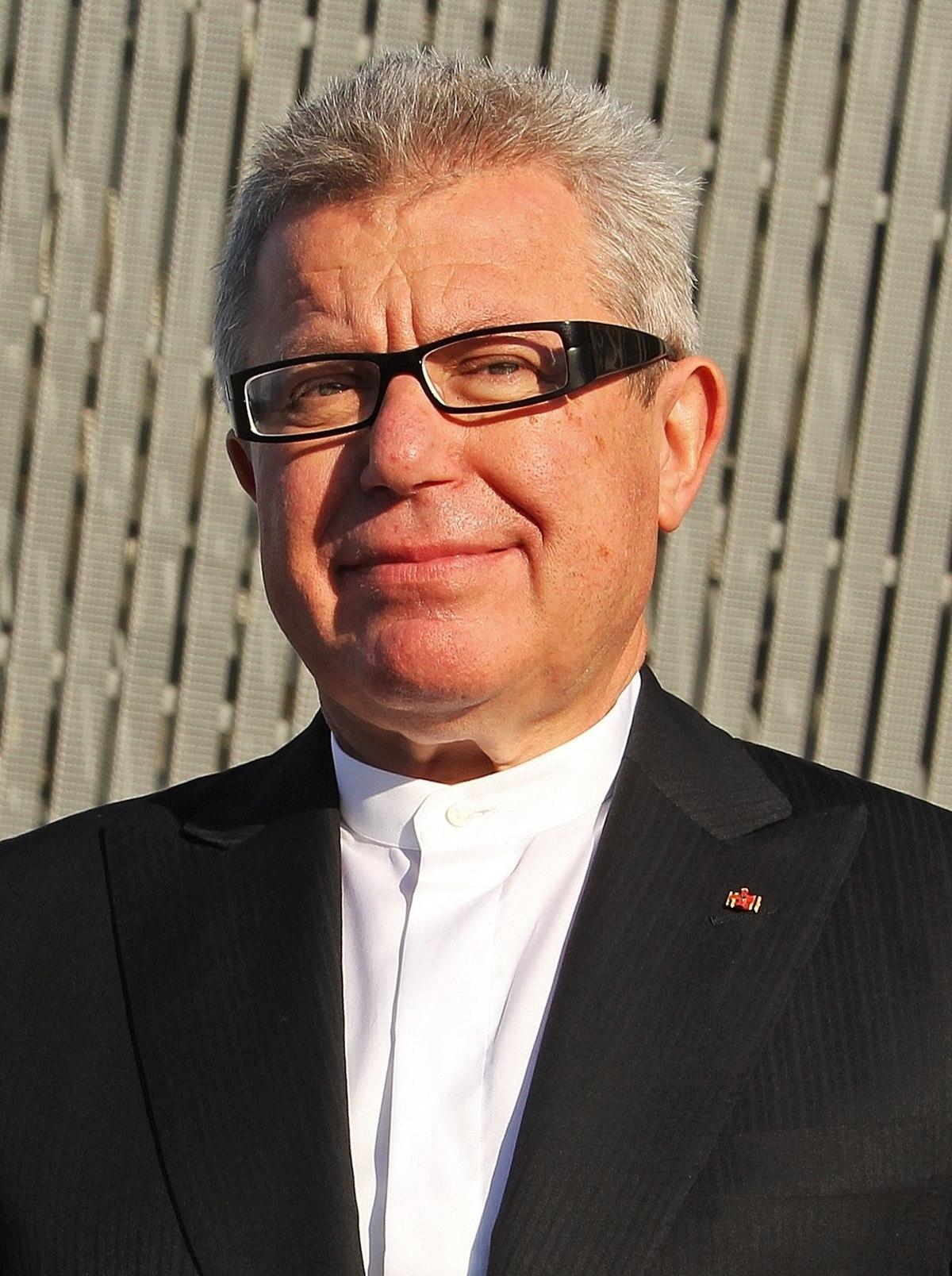
Daniel Libeskind is a renowned architect known for his visionary and innovative designs that blend art, architecture, and emotion. Born in Poland in 1946, he has made an indelible mark on the architectural world with iconic structures like the Jewish Museum in Berlin and the master plan for the World Trade Centre site in New York City. Libeskind's work is characterized by its bold, angular forms and a deep commitment to storytelling through architecture.
Here are three of Daniel Libeskind's most notable architectural works:

1. Jewish Museum, Berlin

This iconic museum, completed in 2001, is renowned for its emotionally charged design, with zigzagging, de- constructivist architecture that serves as a powerful symbol of Jewish history and the Holocaust.

2. Royal Ontario Museum, Toronto

Libeskind's extension to the museum, known as the "Crystal," is a striking addition with its crystalline, sharp-angled structure, creating a captivating contrast to the museum's original building.

3. One World Trade Centre, New York City

While not completed during his tenure as the master plan architect, Libeskind's initial vision laid the foundation for the rebuilding of the World Trade Centre site after the 9/11 attacks, including the iconic One World Trade Centre skyscraper, symbolizing resilience and hope.
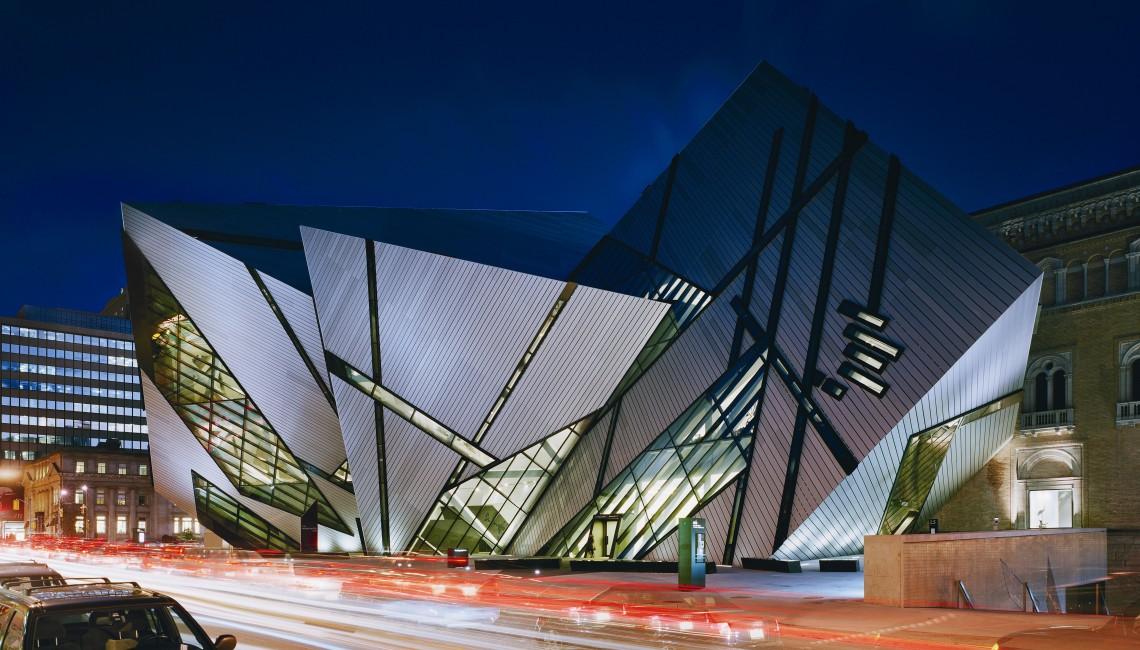
The Royal Ontario Museum (ROM) in Toronto, Canada, stands as a testament to the marriage of architectural innovation and cultural preservation. Designed by the renowned architect Daniel Libeskind, the museum underwent a transformative expansion with the addition of what is known as "The Crystal." This crystalline structure, characterized by its sharp-angled and captivating design, has become an architectural landmark, both locally and globally, and it showcases Libeskind's unique design sensibilities.

Architectural Vision

Daniel Libeskind's vision for the ROM's transformation was to create a design that would not only serve as a functional extension but also as a work of art in its own right. His approach to architecture is deeply rooted in storytelling, and for the ROM, the story was one of contrast and connection. The contrast between the modernity of the new Crystal and the historic architecture of the existing museum building served as a powerful symbol of the museum's mission: to bridge the gap between the past and the present.

The Crystal: A Captivating Addition

At the heart of Libeskind's design for the ROM is "The Crystal," an awe-inspiring structure that redefines the museum's identity. The Crystal is a dramatic, de-constructivist addition characterized by its sharp-angled geometry, which seems to thrust out of the ground, creating an immediate and captivating contrast with the more traditional architecture of the ROM's original building.
Libeskind's design for The Crystal was inspired by the idea of a crystal emerging from the earth. The structure consists of five crystal-like facets that jut out at various angles, creating an ever-changing interplay of light and shadow throughout the day. Each facet represents a different aspect of the ROM's collections, making the architecture itself a reflection of the museum's diverse and interconnected exhibits.
The exterior of The Crystal is clad in aluminium and glass, giving it a striking, reflective surface that captures the surrounding urban environment. The juxtaposition of this contemporary material with the historic stone façade of the ROM's original building accentuates the contrast Libeskind aimed to achieve.
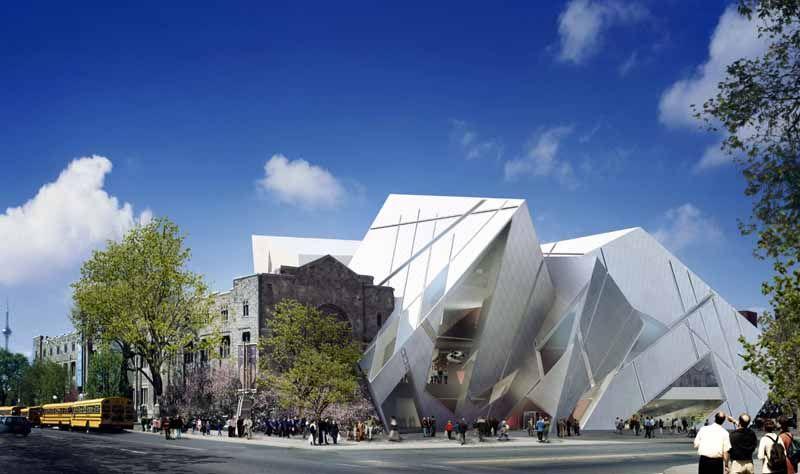
Functional and Symbolic Significance:

The Crystal not only serves as a captivating architectural addition but also fulfilled essential functional roles within the ROM. It houses new galleries, a gift shop, and a restaurant, all of which contribute to the museum's ability to engage with the public and create an immersive cultural experience.
Beyond its functional significance, The Crystal symbolizes the ROM's commitment to innovation, education, and exploration. The sharp-angled structure is a physical representation of the dynamic nature of the museum, constantly evolving and pushing the boundaries of tradition. This symbolic element resonates with the museum's mission to inspire curiosity and foster a deeper understanding of the world around us.

Reception and Impact

The Royal Ontario Museum's transformation under Libeskind's guidance received international acclaim. The Crystal quickly became a symbol of Toronto's architectural and cultural vitality. Visitors from around the world flocked to the museum not only for its extensive and diverse collections but also for the architectural wonder that is The Crystal.
The impact of the design extended beyond the architectural world, as The Crystal found its way into popular culture and postcards, symbolizing Toronto and its cultural richness. Its influence on contemporary architecture is undeniable, inspiring architects to think beyond the conventional and to explore new possibilities in design.
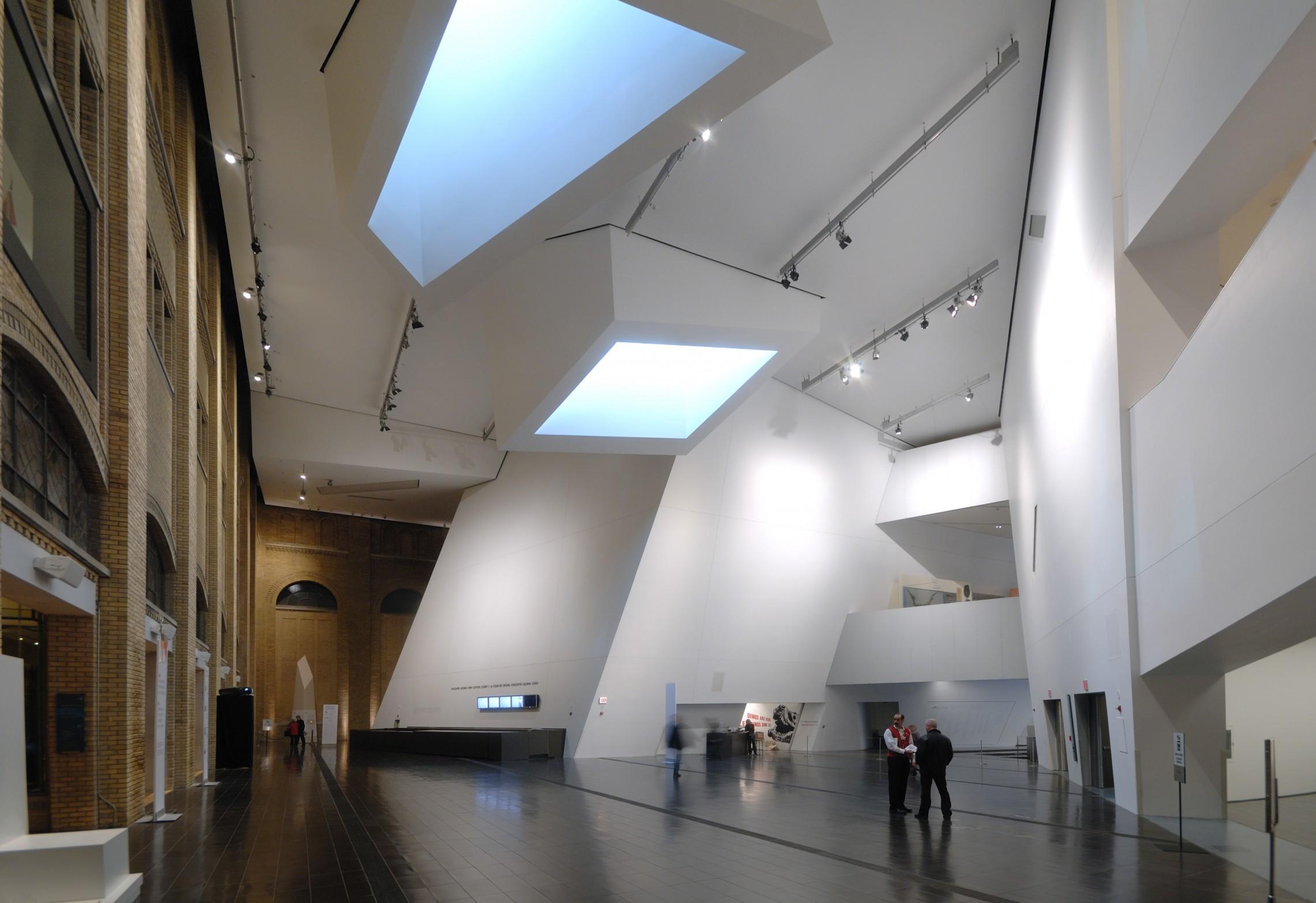
Legacy and Continued Exploration

The Royal Ontario Museum's expansion under Daniel Libeskind's design leadership serves as a lasting legacy, a testament to the power of innovative architecture in preserving and celebrating cultural heritage. It showcases the potential for architecture to be a bridge between the past and the future, between tradition and innovation.
The success of The Crystal at the ROM has led to further exploration of Libeskind's design principles in various other architectural projects around the world. His sharp-angled, captivating structures have left an indelible mark on the world of architecture and design, inspiring future generations of architects to push the boundaries of creativity and imagination.
In conclusion, the Royal Ontario Museum's transformation through the addition of The Crystal by Daniel Libeskind represents a remarkable fusion of architecture, design, and cultural preservation. This captivating, sharp-angled structure has redefined the museum's identity, serving both functionally and symbolically, and leaving a lasting impact on the architectural world. The Crystal's legacy endures as a symbol of Toronto's architectural vitality and innovation, and it continues to inspire architects to explore new frontiers in design.
Recently Published
loves or pursues or

.jpg)


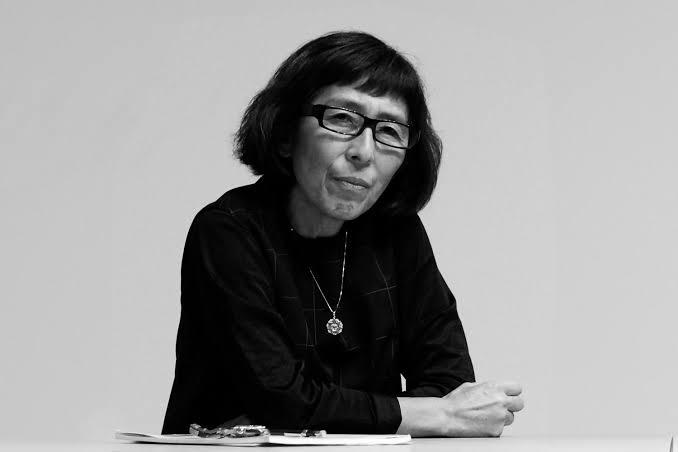
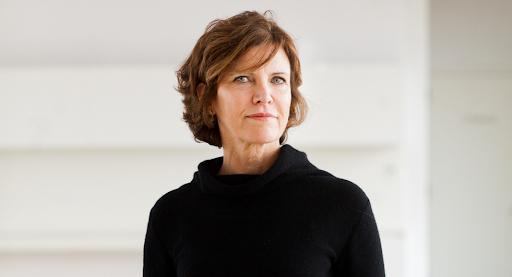


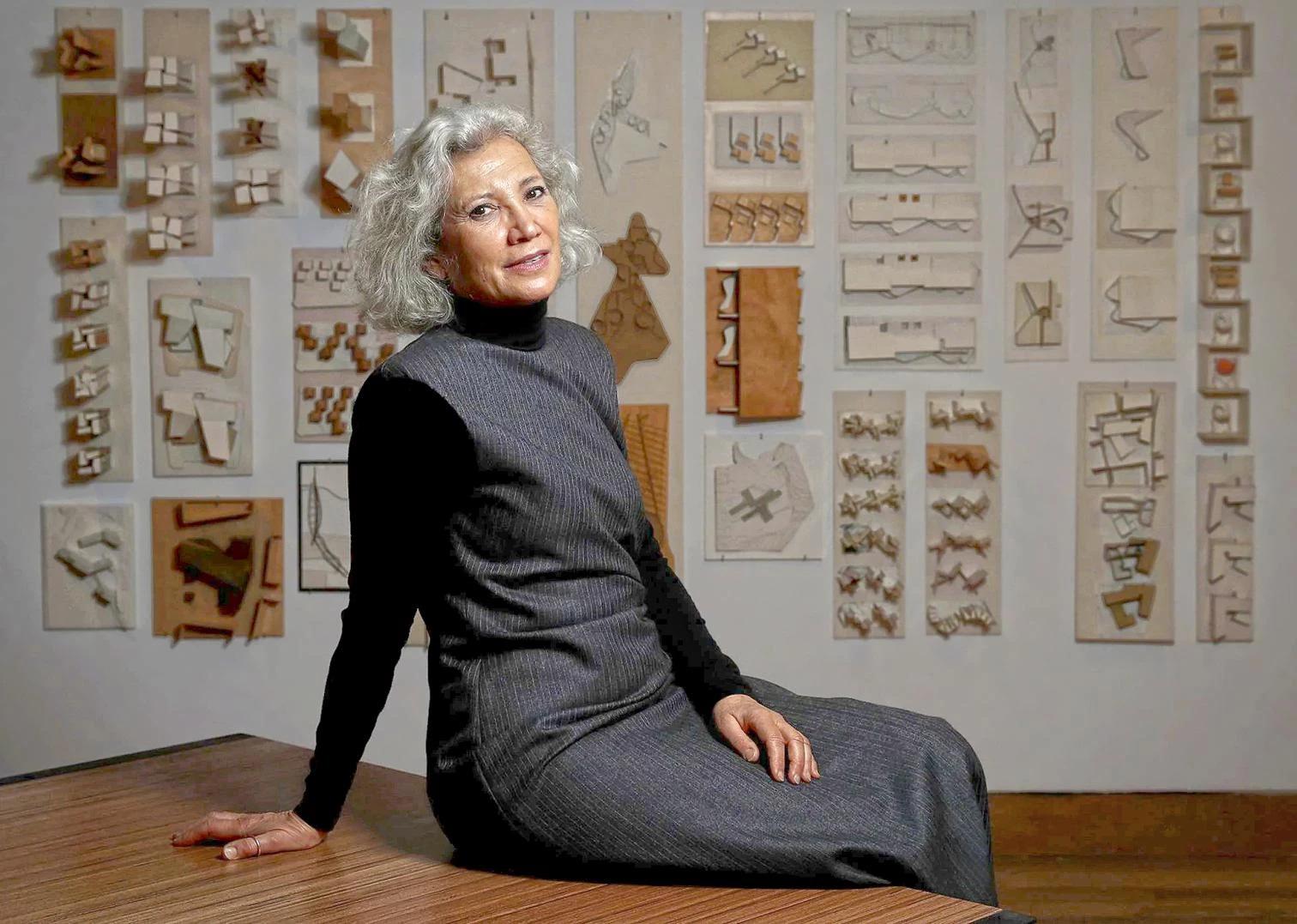
.jpg)